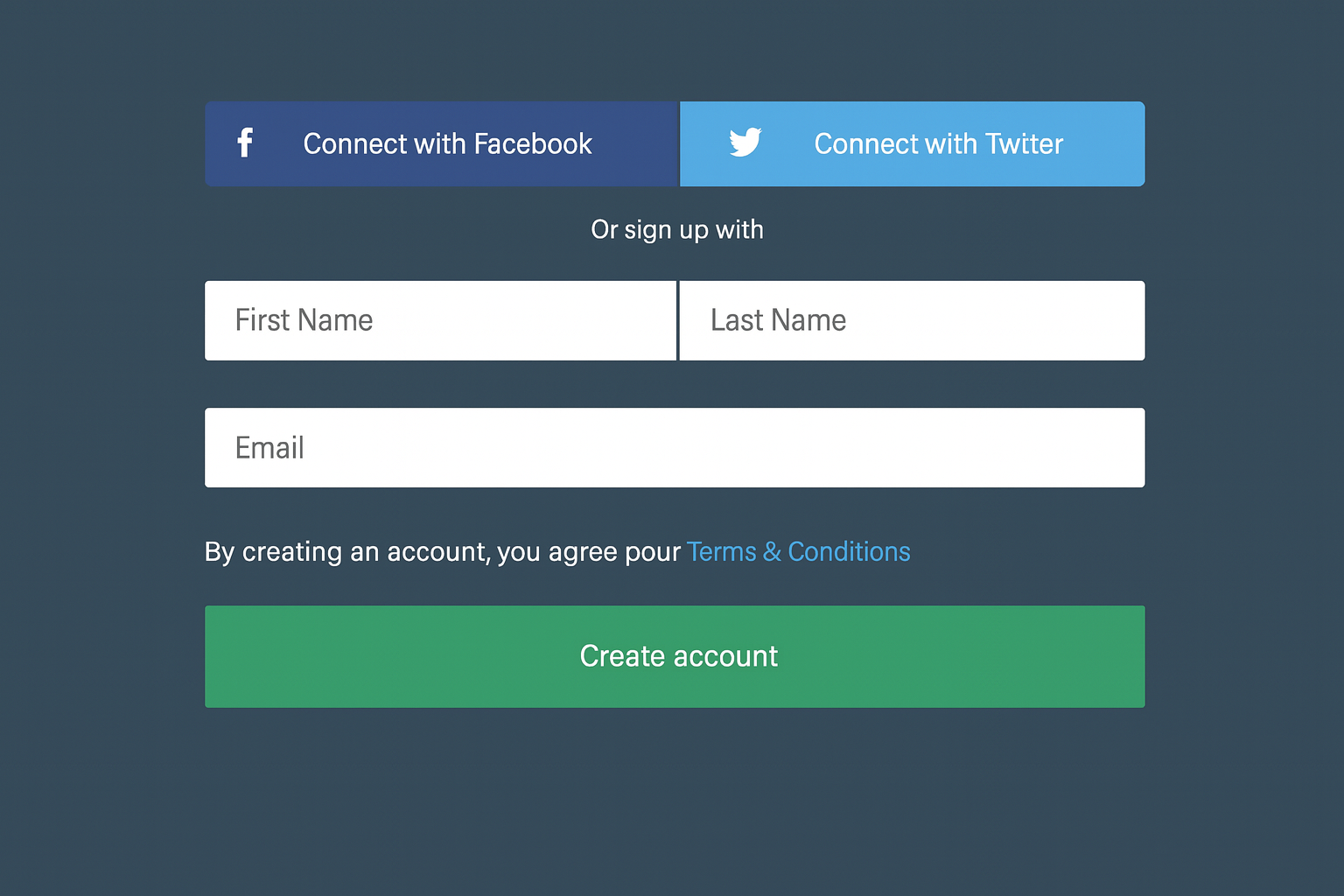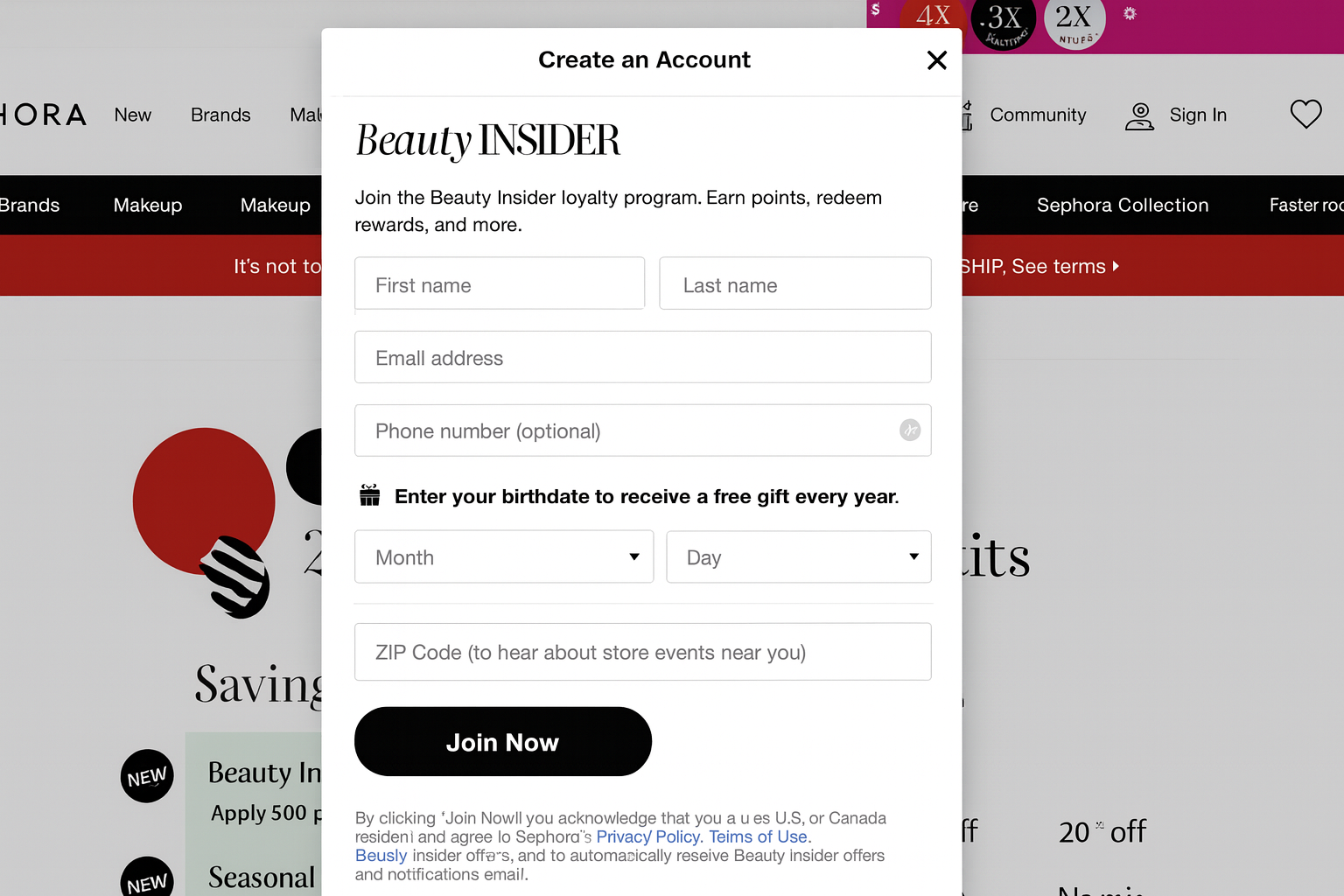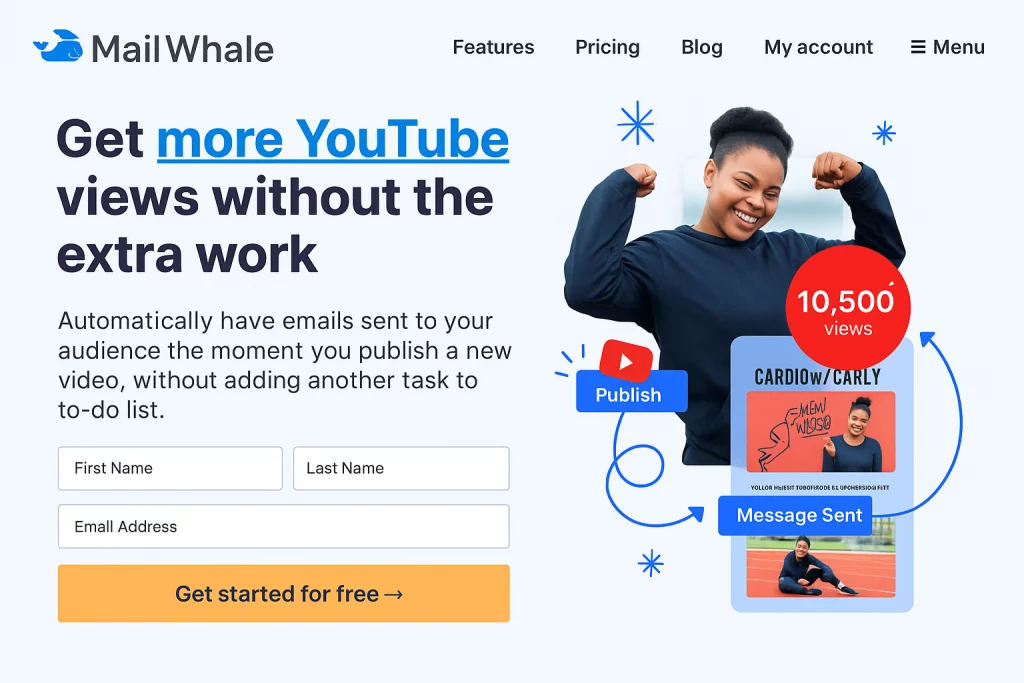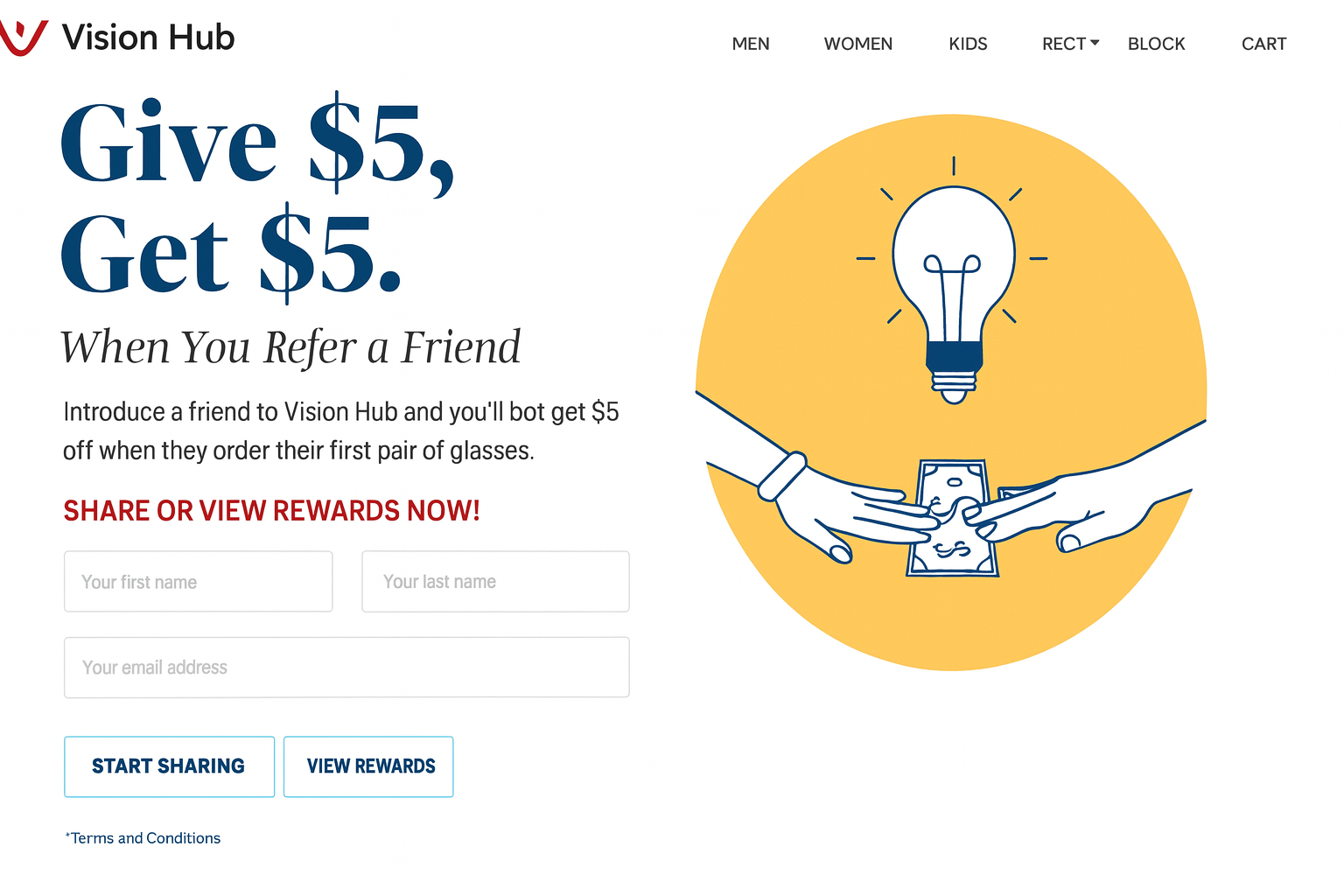What if one day your Instagram stops showing your posts?
Your Facebook ads get banned?
Your TikTok account just vanished?
Scary, right? But it happens more often than we’d like to believe.
That’s why having an understanding of email marketing is so important. When you build an email list, you have people who said, “Yes, I want to hear from you.” You don’t need to depend on apps or ads—you can message them directly at any time.
Your email list is like your own personal contact book. It’s safe, it’s yours, and it helps your business grow.
In this blog, we’ll show you 10 easy list building strategies, step by step.
What is an Email List?
An email list isn’t just a bunch of names. It’s real people who said, “Yes, I want to hear from you.”
That’s what makes it so powerful. You’re not shouting into the internet hoping someone sees it. You’re sending a message straight into their inbox , a place they check every day.
No ads. No algorithms. No extra cost to reach them.
But here’s the thing, you don’t buy your way in. You earn it by giving them something useful, being honest, and showing up with value.
When people trust you enough to give their email, treat it with care. That’s how good email marketing automation works, and when you follow email deliverability best practices, your messages are more likely to land in the inbox rather than the spam folder.
How to Build an Email List?
Step 1: Choose Your Email Marketing Platform
Before you start sending emails to your customers, you need a tool that helps you do it the right way. But here’s the truth: you don’t need the biggest or most expensive one. You just need something that works for your business.
Start with something easy. A tool that you can understand without needing a tech expert. One where you can create, send, and track your emails without feeling lost.
Make sure it fits where your business is right now. But also think about the future. Your email list might be small today, but it can grow fast.
So, choose from the best email marketing tools that can scale with you. Look for features like automation, email segmentation, and reports on what’s working and what’s not.
Step 2: Create a First Signup Form

Your sign-up form is where people decide if they trust you or not.
In B2B, you need to get the right info, but not ask for too much, or they’ll just leave.
Here’s what works:
- Ask Less First: Just ask for their email in the beginning. You can ask for more details later as they get to know you.
- Be Clear: Tell them what they’ll get if they sign up, no confusion.
- Make It Work on Mobile: Most people check websites on their phones now. Your form should be easy to use there, too.
- Build Trust: Show things like a privacy policy or a small lock icon. It helps people feel safe while sharing their info.
Step 3: Make your Button Text Clear & Catchy
Use simple and clear buttons that tell people what they’ll get.
Don’t just write “Submit” or “Click Here.”
Instead, try lines like:
- “Send me the free book”
- “Give me a discount code”
- “Show me how it works”
Small changes can make a great difference. You will be able to test several words and buttons to identify which people will be able to click on most.
A good suggestion?
Allow an email address to be entered so people can receive a secret discount or access to something special before anyone gets it. It puts them in the frame of being very important and they will be encouraged to subscribe to your list.
Step 4: Put Your Signup Form Where People Can See It

Making a form is not enough. You also need to put it in the right spot on your website — where more people will notice it.
Think about this:
If no one sees your form, no one will sign up.
So where should you place it?
- On your homepage
- At the top or bottom of your blog pages
- On the side of your articles
- Even as a small box that shows up after a few seconds
The idea is simple —more eyes = more signups.
Step 5: Show a Pop-Up Before People Leave Your Site
Sometimes people visit your website, look around, and leave without doing anything. That’s normal. But you can still try one last time to get their attention.
Here’s a smart trick:
Right before they close the page, show a small pop-up box that asks for their email.
It could say something like:
“Wait! Want a free tip?” or
“Get 10% off before you go!”
This little pop-up can help you keep some of those visitors. Many businesses use it to collect more emails, and it works.
Even if someone doesn’t buy today, now you can stay in touch with them later.
Step 6: Make a Landing Page Just for Signups

If you want more people to join your email list, don’t send them to your full website where they might get lost.
Instead, create one clean page that’s only for signups. This is called a landing page.
It has just one job:
Tell people what they’ll get and give them a box to enter their email.
For example, if you’re speaking on a podcast or sharing something on social media, you can say:
“Want the free guide? Go to this page and get it.”
This is much easier than telling them to visit your homepage and search around.
Also, when people search online for your brand’s offers, this signup page might show up, helping even more people find you.
Step 7: Tell People About Your Signup Link on Social Media Platforms
If you want more people to join your email list, you have to tell them about it, not just on your website, but in other places too.
Here’s how:
- Post about it on social media – Share your signup link in your posts or stories. Let people know what they’ll get if they join (like tips, offers, or free stuff).
- Put the link in your bio – If someone visits your Instagram or Facebook profile, they should see the link right there in your bio.
- Run small contests or giveaways – Ask people to join your email list to enter. It’s a fun way to get more signups.
- Add the link to your email signature – At the end of every email you send, include a line like:
“Want updates from me? Join my list here.”
Step 8: Create a Referral Program

One of the best ways to grow your email list is to ask the people already on it to help you out. Something like this can be said:
“Love our emails? Share this with a friend!”
You can add fun by offering them something in exchange such as a prize i.e. small reward or a special offering on any important goods or a free gift in case they bring more people.
It is just like word of mouth but on the internet. You know, people have faith in their friends and in case their friend says to them, Hey, this is good, they will want to proceed and sign up too.
It’s simple, it works, and your happy readers do half the work for you.
Step 9: Use Chat to Get More Signups on Your Email List
Chat isn’t just for answering questions anymore. You can also use it to collect emails from people who visit your website.
This is how it goes:
A small chat box can appear and say when a person comes to your site such as:
“Hi! Want free tips or offers? Just drop your email here.”
It feels friendly and easy, like talking to someone. You can set up simple messages that ask for their name, email, or anything else you need.
It’s a nice way to talk to people and invite them to join your list, without them filling out a long, boring form.
And the good thing about it? It also operates itself after being installed.
Step 10: Let People Join Your Email List with a QR Code
You don’t always need a website to grow your email list. You can also get signups in real life, like at your shop, event stall, or office.
Here’s a smart idea:
Use a QR code. It’s a little square image that people can scan with their phone. Once they scan it, it takes them straight to your signup page.
No typing. No searching. Just scan and sign up.
You can print the QR code and stick it near your counter, on a flyer, or even on product packaging.
It’s a quick and easy way to turn walk-in visitors into email subscribers.
Common Email List Building Mistakes (and How to Fix Them)
| Mistake | The Problem | The Fix |
|---|---|---|
| 1. Going for Quantity, Not Quality | Huge list, but no one reads or clicks. Poor engagement hurts deliverability. | Focus on active subscribers. 1,000 real fans are better than 10,000 silent ones. |
| 2. Ignoring Mobile Users | Most people check emails on phones. If it looks bad, they close it. | Design mobile-first. Use big buttons, short text, and simple layouts. Always test. |
| 3. Asking for Too Much Info | Long forms scare people away. They leave without signing up. | Just ask for email first. Gather more info later as they trust you. |
| 4. Skipping Deliverability Setup | Emails land in spam even if your content is great. | Set up SPF, DKIM, and DMARC. Watch your sender score. Follow clean email rules. |
| 5. Forgetting to Update Automation | Old emails feel boring. People stop opening them. | Check and refresh your automated emails every few months. Keep them useful. |
Conclusion
Building an email list isn’t hard, but it does take the right steps.
Start with a best email marketing platform, create a simple sign-up form, and place it where people can see it. Offer something valuable in return, like tips, discounts, or free guides.Contact more people with the help of such tools as pop-ups, chat, QR codes and even social media.
Above all, be sure to attract real and interested people and not large numbers. A short active list is more viable than a big list, which does nothing.
Email gives you full control to talk to your audience directly. So build it smart, and build it strong.
